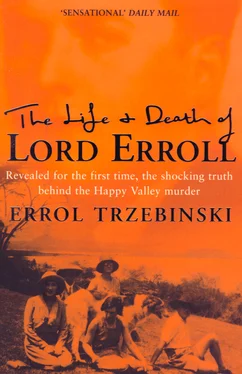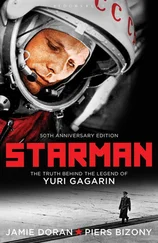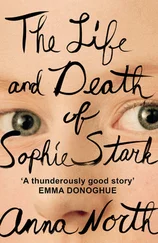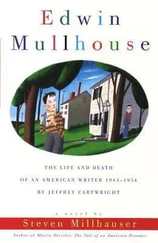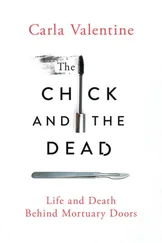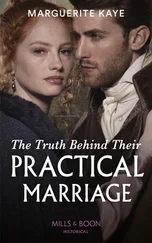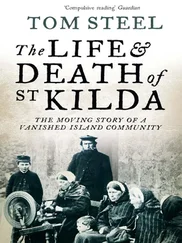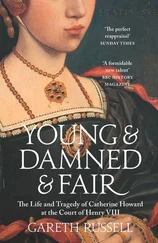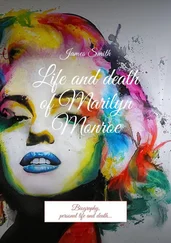Joss often met up with D and Boy, whether at Soysambu or Nderit, where Boy lived, or Slains, and the three of them would discuss farming problems. Emergencies were forever cropping up: everyday shauries – crises among the African staff, thefts, sicknesses, snake bites and the sudden need for a vet. 26 Within eighteen months of arriving in Kenya Joss, who was not a vain man, felt that he had learned enough through practical experience to describe himself as a cattle farmer.
To diversify their produce, Joss and Idina tried planting pyrethrum – in those days nobody knew for sure what would or would not grow at any altitude – a flower used in the production of crop insecticides. For this the land had to be tilled; teams of doe-eyed oxen, sixteen at a time, would drag the heavy tiller through the earth. If the wooden harness broke, it took Pidcock more than an hour to drill each hole through the hard olive-wood using a brace and bit, to make a new one. Slowly and painfully, several hundred of the Slains acres were transformed into furrow upon furrow of lacy white pyrethrum. What Joss learned here formed the basis of arguments he would later use as a member of Legislative Council, defending the high-quality production of pyrethrum for export.
Elspeth Huxley praised the Hays’ farming activities: ‘They enhanced rather than damaged the natural charms of their valley, by leaving native trees alone and … by paddocking green pastures for butter-yellow Guernseys, stocking streams.’ Idina taught her shamba * boys how to lay and look after lawns, to prune, and to cultivate English spring bulbs. Her legacy survives today on Mombasa’s north coast, where a garden of exotic shrubs and trees enhances the house where she died. At Slains they grew pansies, Albertine roses and petunias with success and around the cedar trees they planted daffodil bulbs. When these bloomed the effect was that of an English country estate. Elspeth Huxley’s parents, Joss and Nellie Grant, would drive over from Gikammeh to swap yarns and exotic cuttings.
Joss’s and Idina’s neighbours ran into one another in Gilgil – everyone used the railway-siding there. The dusty main road sported one signpost, which pointed north to Nakuru and south to Nairobi. 27 Vitalbhai’s in Gilgil was the largest in a string of iron-roofed dukas. Just outside its entrance, a dhersie † toiled away on his treadle Singer sewing machine. Here, Joss and Idina bought basic provisions as well as yards and yards of corduroy in different colours on the chit system. The dhersie would stitch kanzus – long, white cotton robes rather like night-shirts – which were worn with a red cummerbund by houseboys. He also made Idina’s and Joss’s slacks in the corduroy – a fashion set by Idina, so practical that everyone followed it.
The ‘cow-town’ of Nakuru was the farming heart of the Rift Valley, and was Lord Francis Scott’s nearest shopping centre. The Scotts were never invited to Slains, though Joss and Francis Scott would become friends later. The Scotts, having met Idina first as Charles Gordon’s wife, never stopped condemning her. Eileen Scott wrote in her diary: ‘She has done a lot of harm to this country and behaved like a barmaid.’ 28 Elspeth Huxley’s description of Eileen suggests that the disapproval would have been mutual: ‘Eileen Scott lingers in my memory draped in chiffon scarves, clasping a French novel and possibly a small yappy dog, and uttering at intervals birdlike cries of “Oh François! François!”.’ 29
Notwithstanding her low opinion of Idina, Lady Eileen was among the first to recognise potential in Joss: once he joined the Naivasha Farmers’ Association she found him ‘much improved’. Joss’s success there came as a surprise to some, Lady Eileen continued: ‘Contrary to the expectations of most people, Joss Erroll was voted to the chair … It is a pity Joss hasn’t had a year’s more practice and experience; he has a brain like lightning and it is difficult for him to listen patiently to this slow-minded, if sound, community. However it is a very great step in the right direction, he is very able and a gentleman.’
While the Scotts were never guests at Slains, Joss and Idina did not want for extra companionship. With an eclectic flow of friends and visitors, local or from overseas, at Slains the mood of each gathering was dependent on kindred spirits – playful, debauched, sophisticated or civilised. Idina would preside, perpetually reloading her long amber cigarette-holder. The more often her glass was recharged – ‘Another little ginnies, dahling,’ she would drawl – the more amorous she became, a signal that things were about to liven up. 30 Joss, however, ‘never smoked, seldom drank, sipping wine in small quantities at dinner; he never touched spirits’. 31 He would act as barman to his guests, topping up their glasses for hours on end without any sign of irritation. Whenever alcohol was served at parties, whether in the role of host or guest, Joss kept his glass full to avoid seeming to be a killjoy when others were knocking it back. He would decline courteously if anyone pressed him to drink more and, with a knowing twinkle, would murmur, ‘I’m not going to impair my performance.’ 32
Joss and Idina had their own polo ground at Slains and played at weekends, generally attracting a crowd of spectators. 33 The polo crowd loved Joss: ‘He was a first-class player … Clever, always had a brain … and was always ready to take advice.’ 34 A typical gathering would include some of Joss’s Old Etonian friends, neighbouring settlers and a sprinkling of titled guests from abroad.
Reclining in leather-covered armchairs, with those relics of life in England, a fox’s mask and crossed whips on the wall, they would talk of ‘light things – horses and the latest gossip from Government House’. Inevitably their exchanges would include chat about any new divorcees. Since the arrival of the new Governor Sir Edward Grigg, divorcees were blacklisted. ‘Queen Mary had issued her own writ to Lady Grigg: no divorcee was to be received at Government House.’ 35 Idina could not have cared less, though the exclusion was humiliating to some.
It soon became custom in the Wanjohi Valley for each household to throw one huge annual party. Guests converged, bringing with them a bevy of servants and tents, to be erected in the gardens as accommodation. Having come from afar, they expected to spend at least three days there – longer if the rains were making the roads impassable. A visiting mpishi * would usefully pick up tips for new dishes, and this practice caught on rapidly, further enhancing Slains’ excellent culinary reputation.
Visitors from abroad would be especially enchanted, after a dusty journey along a remote unpromising track, to reach such civilised surroundings. Slains was filled with comfortable old furniture, Persian carpets, family portraits, silver ornaments, and studded Zanzibar chests gleaming from applications of lime juice and salt. Unlike most homes in Kenya, however, there was not a stuffed animal trophy to be seen. There were baronial arrangements of flowers, spacious bedrooms with private bathrooms and a library – ‘huge and varied … full of biographies … No one knew more about contemporary literature than Idina.’ This room was dominated by Joss’s desk. 36
According to its owner in the fifties, Slains’ principal bathroom was ‘superb … vast, and in the centre stood a bath of green onyx … Idina would bathe in champagne occasionally. She was a darling but very naughty.’ Idina’s excesses were conspicuous to all, and her reputation for outrageousness did nothing to improve opinion of Joss among serious-minded settlers. Idina had a walk-in cupboard, leading off their morning-tea room, which housed her shoes, shelf upon shelf and pair by pair – which was a puzzle to her African staff since she went about barefoot, even when riding, just as they did. Idina often suffered from chafed feet. One young woman friend, while applying a bandage to one foot which ‘was very swollen and obviously painful’, failed to see how Idina could bear her touch. Noticing that she did not flinch, the friend asked her if she was not afraid of anything: ‘“Yes,” Idina had replied, “old age.”’ 37
Читать дальше
